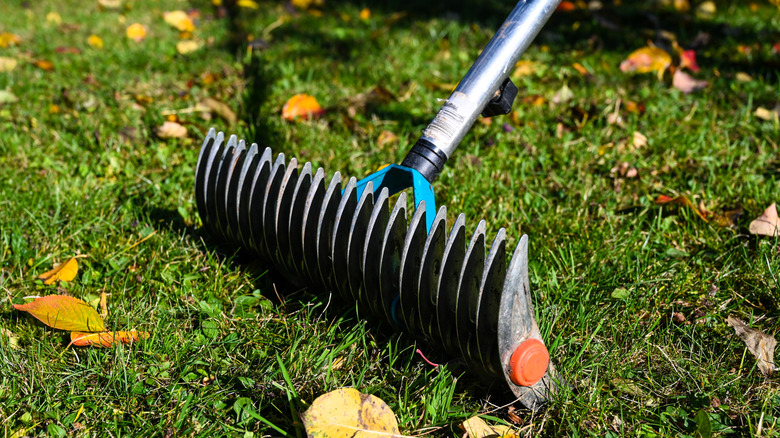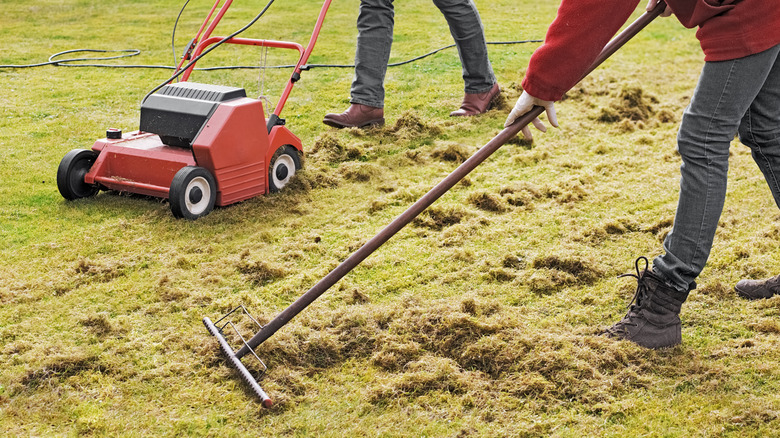How Late Can You Dethatch Your Lawn?
Few lawn care tasks cause as much confusion as dethatching. From understanding the process to recognizing when it's time to dethatch your lawn, thatch buildup is a problem that leaves many homeowners unsure about the next steps. To keep your lawn healthy and thriving, dethatching should be done during peak growing periods, but never during extremely hot weather or when your lawn is dormant. It's best not to risk it if you think it's too late in the season to dethatch your lawn; there are other things you can do to set your lawn up for a strong recovery in the next growing season.
While thatch is simply dead grass and debris on top of the soil, excessive thatch buildup on lawns—which is anything more than 1 inch—can cause significant problems. Most of these problems stem from the fact that water, nutrients, and air are unable to reach the roots of your grass. Thick thatch buildup can also harbor pests and diseases and lead to mower scalping. Failing to dethatch your lawn could be one of the ways you've been killing your grass without knowing it.
Whether you use a rake or a power tool, dethatching removes the buildup of organic material from your lawn so it has a chance to breathe and soak in some nutrients. However, while it might look like your lawn is getting a much-needed deep cleaning, dethatching is extremely stressful for lawns and requires a period of active growth for recovery.
How to tell if it's too late to dethatch your lawn
Dethatching your lawn isn't a gentle process. Thatch acts as a protective layer for grass, helping it retain moisture and protect it from extreme cold. When you tear out thatch, you damage the plants and expose the roots, leaving your lawn wounded and vulnerable. That's why dethatching should be done just before your lawn enters a peak growing period, giving it time to recover from the shock. However, the exact timing depends heavily on where you live and what type of grass you're growing.
Warm-season grasses in the South and cool-season grasses in the North follow different growing cycles, while lawns in transition zones can be a mix of both. Fall is an excellent time to dethatch cool-season grasses, since they're in a period of active growth, but it's less than ideal for warm-season grasses, which are entering a period of dormancy. Warm-season grasses should be dethatched in the spring, when they're entering their peak growing period.
Timing the dethatching of your lawn doesn't have to be a mystery. Just remember that your grass needs time to recover after dethatching before the next period of dormancy or stress comes along. If you missed the window, you'll get another one in a few months. Until then, focus on other lawn care tasks, such as overseeding and proper fertilizing. If you're growing an organic lawn, consider adding a layer of compost to boost microbial life that will break down the excess thatch.

